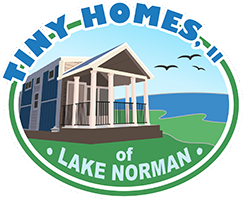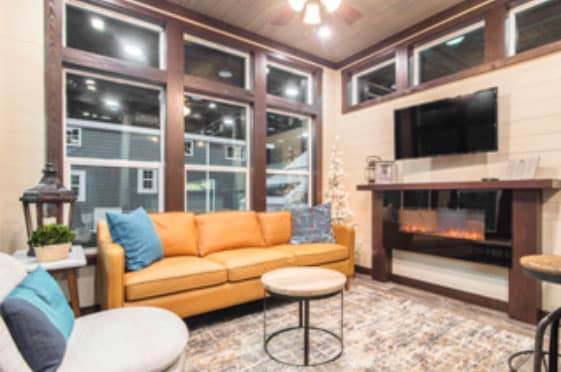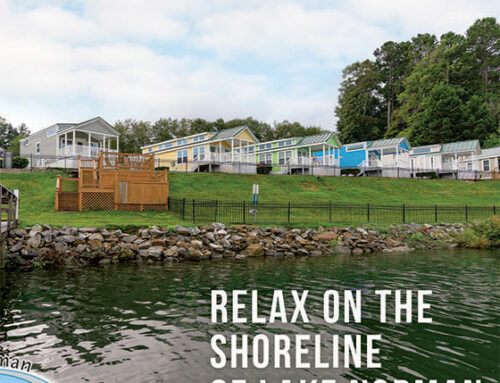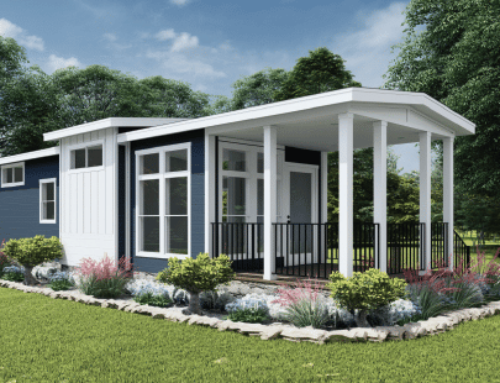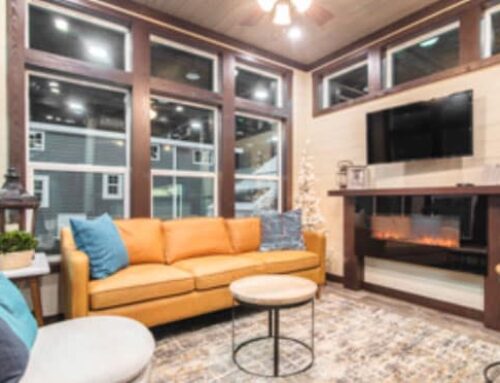Introduction to Tiny Homes for Students
In recent years, the concept of tiny homes has taken the world by storm, emerging as a popular trend in modern living. These compact, efficient spaces have captured minimalist enthusiasts’ imagination and presented a viable solution for students grappling with affordable housing challenges. The popularity of tiny homes is a response to various socio-economic and environmental factors, resonating particularly with younger generations who value sustainability, affordability, and flexibility.
Tiny homes, typically ranging between 100 to 400 square feet, offer a stark contrast to conventional housing. Their appeal lies in their ingenious use of space, where functionality and simplicity are paramount. For students, these homes present an attractive proposition, addressing the twin challenges of soaring rental prices and the environmental impact of traditional housing. The compact nature of tiny homes translates into lower costs, not just in terms of initial investment or rent but also in reduced utility bills and maintenance expenses. This financial accessibility is a significant draw for students, who often operate on limited budgets.
Moreover, tiny homes align well with the growing environmental consciousness among students. These structures often incorporate eco-friendly materials, renewable energy sources, and efficient waste management systems, making them a sustainable choice in a world increasingly concerned with carbon footprints and environmental degradation.
The flexibility and mobility of tiny homes also appeal to the transient nature of student life. Many tiny houses are built on wheels, allowing for relocation, ideal for students who may need to move for internships, co-op programs, or simply a change of scenery. This aspect of tiny homes offers a sense of freedom and adaptability that is hard to find in traditional housing options.
In essence, tiny homes for students represent more than just a place to live; they embody a lifestyle choice that prioritizes simplicity, sustainability, and freedom, aligning seamlessly with the values and needs of the modern student.
Affordability and Cost-Effectiveness
In the context of student housing, the affordability and cost-effectiveness of tiny homes stand out starkly compared to traditional housing options. The financial strain of university life is well-documented, with accommodation often being one of the most significant expenses. Tiny homes, however, offer a financially viable alternative that can ease this burden significantly.
Comparison with Traditional Housing Costs
Living in a traditional apartment or dormitory can be prohibitively high, especially in urban areas or college towns with inflated rental markets. These costs are not just limited to rent but also include utilities, maintenance, and often, higher living expenses due to the location. In contrast, the initial investment for a tiny home can be considerably lower. The average cost of a tiny house ranges from $30,000 to $60,000, depending on the size and amenities. This one-time investment can equate to just a few years of rent in a traditional setting, offering substantial long-term savings.
Financial Benefits for Students
For students, the economic advantages of tiny homes are multifaceted. Firstly, the reduced living space translates to lower utility bills, as heating, cooling, and electricity consumption are minimal compared to larger apartments or houses. Additionally, the maintenance costs for tiny homes are significantly lower, given their size and design efficiency.
The potential for customization in tiny homes also means that students can opt for off-grid living, utilizing solar panels and composting toilets, further reducing monthly expenses. Moreover, owning a tiny home can eliminate the uncertainty of annual rent increases, providing a stable and predictable financial future.
In summary, tiny homes offer students an affordable and cost-effective living solution. By reducing the financial burden of accommodation, students can allocate more resources towards their education and other essential aspects of university life, making tiny homes an economically sensible choice for the student demographic.
Sustainability and Eco-Friendliness
Tiny homes are increasingly being recognized not just for their affordability but also for their sustainability and eco-friendliness. These compact living spaces are at the forefront of a housing revolution that prioritizes environmental consciousness, offering a reduced ecological footprint that aligns with the growing global emphasis on sustainable living.
Environmental Impact of Tiny Homes
The environmental impact of tiny homes is significantly lower compared to traditional housing. One of the key factors contributing to this is their size. Smaller spaces require fewer construction materials, meaning less natural resource extraction and reduced waste. The small size also means that tiny homes consume less heating, cooling, and lighting energy. This reduced energy consumption is crucial in global efforts to combat climate change, as residential energy use significantly contributes to greenhouse gas emissions.
Moreover, the design of tiny homes often incorporates renewable energy sources like solar panels, further diminishing their carbon footprint. Rainwater harvesting systems and composting toilets are other eco-friendly features in tiny houses, promoting water conservation and reducing water pollution.
Use of Sustainable Materials and Energy-Efficient Designs
Sustainability in tiny homes extends to the materials used in their construction. Many tiny homes are built using recycled, reclaimed, or sustainably sourced materials, minimizing the environmental impact of new material production. Using non-toxic, eco-friendly insulation and paints also contributes to a healthier indoor environment, free from harmful chemicals.
Energy-efficient designs are another hallmark of tiny homes. Many are designed to maximize natural light, reducing the need for artificial lighting. Well-planned layouts and innovative storage solutions ensure the small space is used efficiently without compromising comfort or functionality.
In conclusion, tiny homes represent a paradigm shift in housing, offering a sustainable and eco-friendly alternative that reduces environmental impact through efficient use of resources, sustainable materials, and innovative design. For environmentally-conscious individuals, particularly students, tiny homes provide a living solution that aligns with their values and contributes to a more sustainable future.
Space Efficiency and Minimalism
Tiny homes are a testament to the adage “less is more,” especially regarding space efficiency and embracing a minimalist lifestyle. These compact living spaces challenge the conventional notion of a home, redefining comfort and functionality in a smaller footprint. For students and young professionals, tiny homes offer a unique opportunity to experience an efficient and liberating lifestyle.
Maximizing Small Spaces for Comfort and Functionality
The design of tiny homes is centered around the ingenious use of space. Every square inch is carefully considered to maximize utility without compromising on comfort. Multi-functional furniture is a staple in these homes – a sofa that transforms into a bed, tables that fold away when not in use, and lofted beds with workspace or storage underneath are standard solutions. This efficient use of space is necessary and an opportunity for creative design.
Storage is another critical aspect where tiny homes excel. Built-in shelves, hidden compartments, and wall-mounted storage use vertical space, keeping the living area uncluttered. This thoughtful design also extends to kitchens and bathrooms, where compact appliances and fixtures are used to maintain functionality without occupying excessive space.
Embracing a Minimalist Lifestyle
Living in a tiny home naturally leads to a minimalist lifestyle, encouraging residents to prioritize essentials and reduce possessions. This minimalist approach is not just about physical space; it’s also a mindset that values experiences over material possessions. For students, this can be a liberating experience, freeing them from accumulating and maintaining a lot of stuff and allowing them to focus on their studies, hobbies, and personal growth.
The minimalist lifestyle promoted by tiny homes aligns with contemporary environmental and economic concerns, making it an attractive choice for those looking to live sustainably and economically. By embracing minimalism, tiny home dwellers find that a simplified life can lead to greater personal satisfaction and a deeper appreciation for what truly matters.
